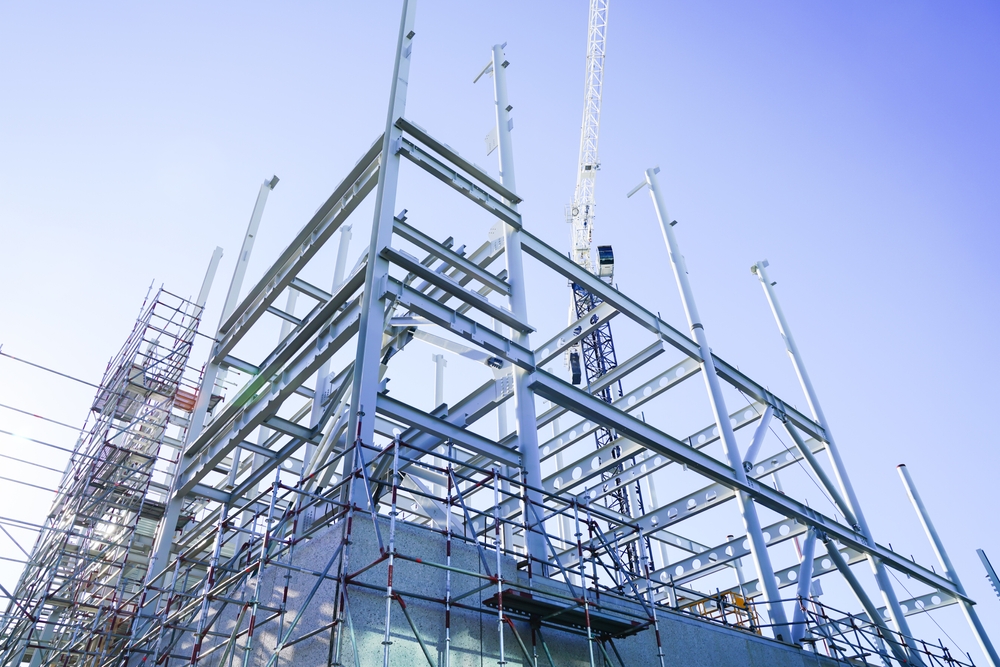Steel and metal are often synonymously used. And yet some ideas disprove this because specific properties make these two unique to each other. Moreover, metals have various types that are far different from steel. But does it also mean steel can be technically non-metal?
What makes a material metal or steel?
Metals exhibit specific characteristics, such as metallic luster, electrical and thermal conductivity, and high melting points. Most of these also can be deformed under stress. Some good examples of valuable metals in construction and manufacturing include iron, aluminum, copper, zinc, lead, and titanium.
On the other hand, steel is an alloy of iron with carbon and sometimes other elements such as vanadium. Steel possesses a carbon content between 0.2% and 2.14% by weight. It is produced by heating iron in the presence of oxygen to remove impurities. Then, adding carbon to create the desired alloy. Steel is more firm and robust than iron but less ductile.
There are three main types of steel:
- Carbon steel contains up to 2% carbon by weight. This type of steel is relatively cheap and used for various applications, including construction, automotive parts, and appliances.
- Stainless steel contains at least 10% chromium by weight and is highly resistant to corrosion. It benefits industries, including food processing, chemical processing, and architecture.
- Tool steel contains high levels of carbon and other alloying elements. It is tough and material for cutting and drilling tools.
To answer the question—is steel not technically a metal?—yes, steel is not metal because it is an alloy, not a pure element. However, it shares many properties with metals, such as strength, conductivity, and the ability to be formed into different shapes.
Steel in buildings

As mentioned, metal and steel are helpful in any construction project, primarily in assembling buildings. Often, we see structures classified as either metal or steel buildings. Of the two, the latter is a more recognized best option, even for other building types.
There are several good points why steel buildings are considered better, especially than wood or brick-made ones.
- Much more durable – Steel buildings last longer and require less maintenance over time. Mainly structures with stainless and galvanized elements do not rust or corrode like other types of buildings. Wood, for example, warps as temperature changes and needs regular anti-termite treatment.
- Much easier to construct – Steel is much easier to work with. As a result, steel buildings can often be completed in a fraction of the time. In contrast, building a structure from another material would take longer.
- Much more energy efficient – Steel buildings are better able to retain heat. It can lead to lower heating and cooling costs, saving a significant amount of money.
- Much more spacious – Steel buildings can hold different loads because of the trusses. The truss system lets the steel buildings have a clear span—the distance from one side of the building to the other. It means that there are no support beams in the middle of the building, allowing for more usable space.
Steel buildings are famous for their aesthetic appeal too. They can be designed to blend in with their surroundings or stand out as a unique structure. Steel buildings can also be painted any color, which makes them match the existing architecture or create a new look altogether.

